Advice Articles
- Home
- Advice Articles
- Being a new mum
- Thrush
Thrush
What is thrush:
● Thrush is an overgrowth of the yeast organism candida albicans.
● This organism is always present in our bodies but has a tendency to overgrow when we are ill, tired, pregnant or using antibiotics.
● Overgrowth may also happen when our microbiome is out of balance.
● Thrives in warm moist environments such as vagina, nappy area, mouth and nipple (in lactating women).
Thrush diagnosis is likely if:
● Problems start after a period of breastfeeding without issues.
● Both breasts are affected.
● There is pain: itching, burning or shooting pain, on the nipple or deep within the breast, often towards the end of a feed and for quite some time after.
● There is nipple trauma that just won’t heal.
● Nipples are shiny in appearance, sometimes chapped and blistered BUT may also look completely normal.
● A white ‘plaque’/residue may be present in the crease around the nipple.
● Pain does not reduce with improved latch.
● The mother has a tendency to vaginal yeast infection/current vaginal thrush.
● There has been recent antibiotic treatment.
● There was recent nipple trauma, which may predispose to thrush.
● There is NO related pyrexia.
● There are NO red areas on the breast.
● Baby also displays symptoms of thrush (though he may not): white patches in baby’s mouth, pearl-like sheen to lips, nappy rash, fussiness and windiness.
● A swab confirms diagnosis (a charcoal swab should be used for diagnosis).
All of these signs and symptoms can help confirm diagnosis, but are not necessarily present in their entirety which can make differential diagnosis difficult.
Treatment for thrush:
● Treatment can be difficult, and it is sometimes helpful to discuss this with parents, as it may empower them to be motivated to use self-help measures which will ultimately be beneficial.
● Treatment is available for the skin of the nipple, the babies mouth and bottom and as a last resort systemic/oral treatment for deep breast pain that does not improve with topical treatment.
● Miconazole cream 2% to apply to nipples in minimal quantities, after EVERY feed.
● If nipples appear very sore topically, miconazole 2% in combination with hydrocortisone 1% may be most effective (such as Dactacort cream).
● If deep breast pain is present, systemic fluconazole treatment may be considered. As a drug unlicensed for breastfeeding women, physicians take responsibility for prescribing. The amounts of fluconazole getting through to baby from the breastmilk would be less than that prescribed for a baby. However, fluconazole has a half-life of 88 hours in babies under 6 weeks therefore the risk of accumulating doses needs to be considered when planning this treatment. Treatment generally comes as a loading dose of 150-400mg and maintenance doses of 100-200mg for at least 10 days. Fluconazole does not kill off yeast as such but stops overgrowth, which is why shortened treatment courses may well be ineffective, and could arguably cause sensitisation.
● Miconazole oral gel seems to be the most effective treatment for babies. Gel does not penetrate the skin and is not suitable for nipples. Nystatin suspension is also sometimes prescribed for baby’s oral use.
Things that may help prevent reinfection or support treatment during active infection:
● Ongoing support with attachment and positioning.
● Consider a good quality probiotic to support a healthy microbiome.
● Impeccable hygiene is important as candida albicans can thrive in shared towels, laundry, clothes, breast pump parts, hands, toys etc.
● Change breast pads/bras frequently and wash as hot as possible to kill off yeast. Disposable breast pads (link) may be preferable to washable ones during an outbreak of thrush.
● Dietary adjustments may be helpful: reduce sugar, processed foods, carbohydrates and dairy; increase iron intake.
● If thrush seems recurring, consider testing for diabetes.
Also consider a possible alternative diagnosis:
● Vasospasm/Raynaud’s Phenomenon
● Micro-fissures due to suboptimal attachment.
● Tongue tie in baby.
● Nipple eczema.
● Bacterial infection (staphylococcus aureus possibly).
● Other skin conditions like psoriasis or dermatitis.
Bibliography. Amir L, Hoover K. (2002) “Candidiasis and Breastfeeding.” LLLI Schaumberg Chetwynd EM, Ives TJ, Payne PM et al. (2002) “Fluconazole for postpartum candidal mastitis and infant thrush.” J Hum Lact;18:168-71. Hale T. (2012) “Medications and Mothers Milk” (15th Ed), Hale Publications Hoppe JE, et al (1997) “Treatment of oropharyngeal candidiasis in immunocompetent infants: a randomised multicentre study of miconazole gel vs nystatin suspension.” Paed Infec Dis. 1997; 16:288-93 Mohrbacher, N., Stock J. (2008) “La Leche League International: The Breastfeeding Answer Book” 3rd revised edition, LLLI. Weiner S. (2006)” Diagnosis and Management of Candida of the Nipple and Breast.” J.Midwif. Women Health; 51:125-128 WHO. (2002) “Breastfeeding and Maternal Medication” WHO. http://www.who.ch/child-adolescent-healthRelated Categories
Being a new mum Postnatal Care - solutions to breastfeeding challenges
Related Articles
-

First Hour Of Life
How the baby is born can have an influence on this very first hour…...
Read More -
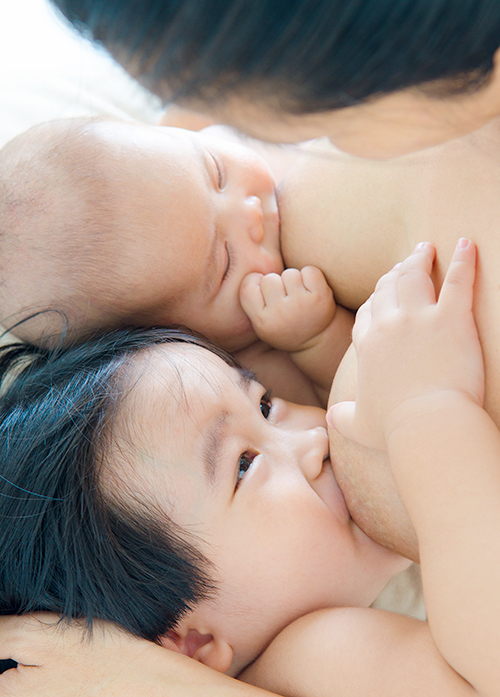
Breastfeeding Siblings, Twins or More
Expecting Multiples NICE Guidance (2011) advises care for women expecting multiples should be provided by...
Read More -

Engorgement, Blocked Ducts and Mastitis
On the whole, engorgement is a great reassurance for mothers and lovely feedback to...
Read More -
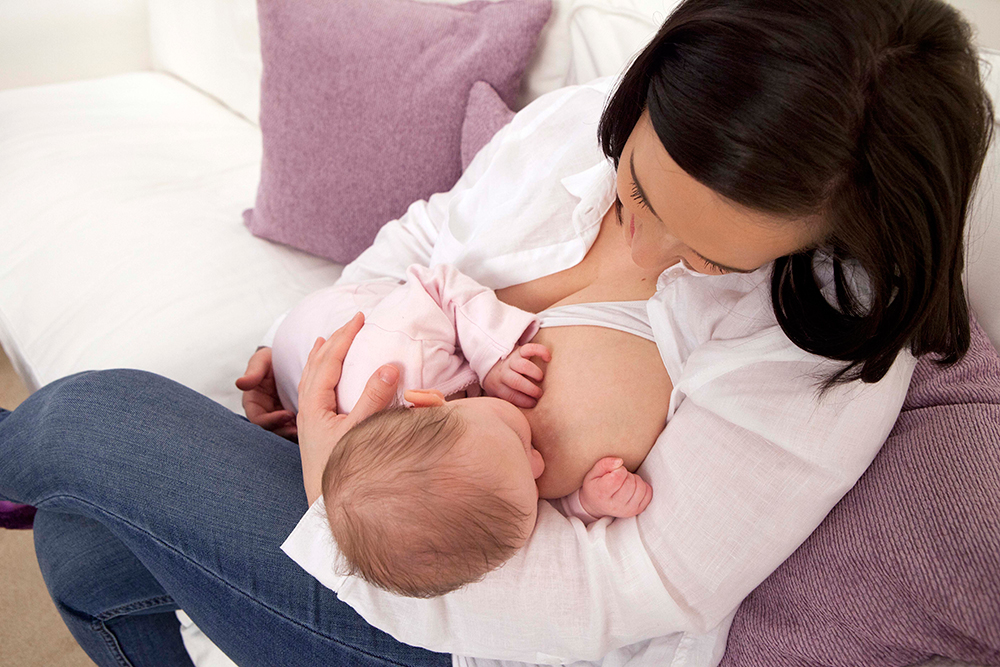
The importance of breastfeeding
Studies have shown that the health benefits of breastfeeding for both mother and baby are extensive,...
Read More
Related products
-
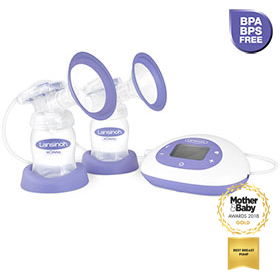
2 in 1 Double Electric Breast Pump
Lansinoh’s 2-in-1 Electric Breast Pump is the very best option for mothers who want comfort, flexibility... View -
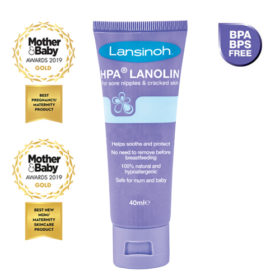
HPA® Lanolin Nipple Cream for Sore & Cracked Nipples
Sore nipples are very common during breastfeeding and can often be a result of the uncomfortable positioning... View -
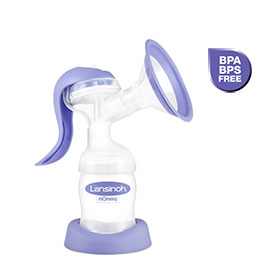
Manual Breast Pump
Lansinoh’s Manual Breast Pump provides a portable and convenient option for breastfeeding women who... View
